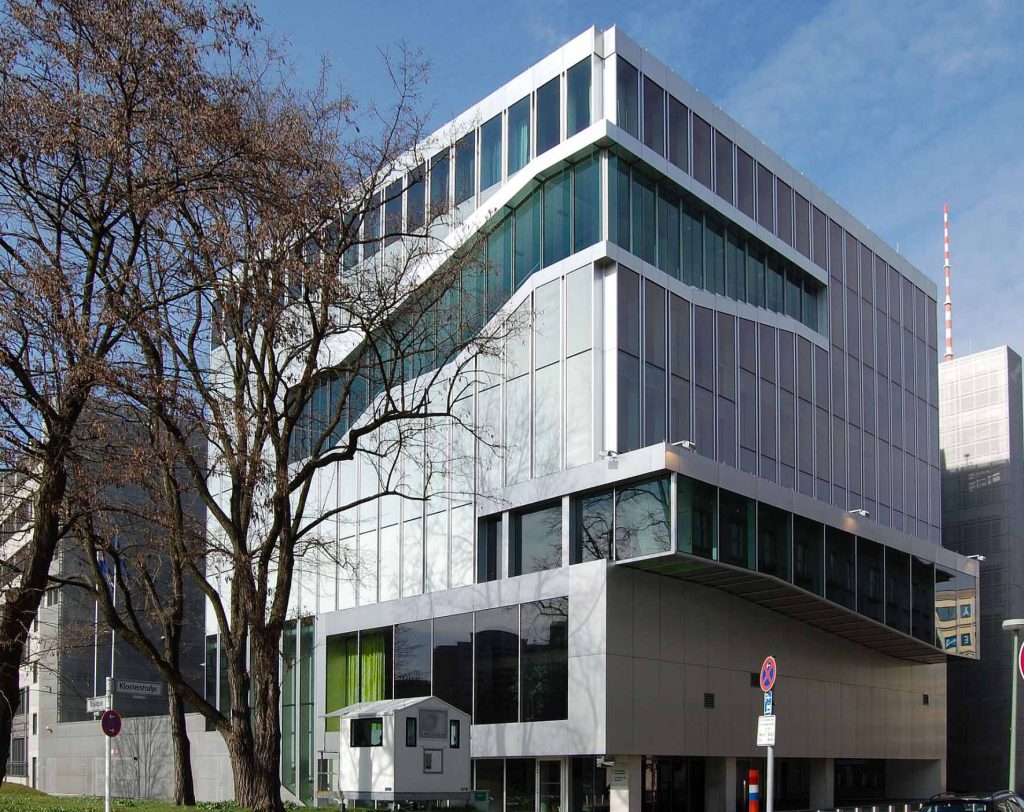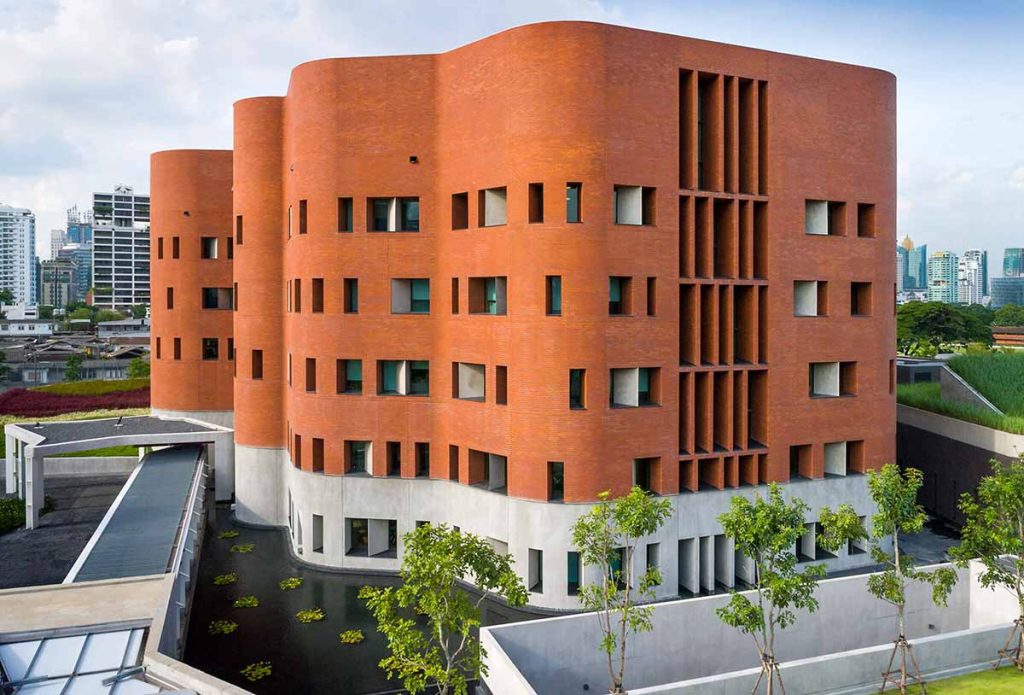The Significance of Embassy Architecture: From Traditional to Modern Designs

Embassies are not merely diplomatic outposts; they are powerful symbols of a nation’s identity and presence on the global stage. One of the most compelling aspects of embassies is their architecture, which can span from traditional designs that reflect the heritage of their home countries to modern, innovative structures that push the boundaries of design. In this comprehensive article, we delve into the significance of embassy architecture, exploring how it has evolved from traditional to modern designs and the profound impact it has on diplomatic missions worldwide.
Traditional Embassy Architecture: A Reflection of Heritage

Traditional embassy architecture often serves as a cultural bridge between the home country and the host nation. It showcases the heritage, history, and values of the nation it represents. Here are some key aspects of traditional embassy architecture:
1. Endemic Regional Forms: Traditional embassy buildings often incorporate architectural elements and materials that are endemic to their home countries. For example, an embassy in a country with oak-juniper-black pine forests might use timber extensively in its design.
2. Historical References: Many traditional embassy buildings draw inspiration from historical architectural styles. For instance, they might incorporate elements of classical Greek or Roman architecture, reflecting the enduring appeal of these design traditions.
3. Sensibilities and Symbolism: The character of traditional embassy architecture reflects the sensibilities and symbolism of the home country. It can convey a sense of grandeur, history, or cultural identity.
4. Regional Sensitivity: Traditional embassy architecture is often sensitive to the regional context. It seeks to harmonize with the local environment, climate, and architectural traditions.
Modern Embassy Architecture: Pushing Boundaries and Innovation
In recent years, there has been a notable shift towards modern embassy architecture that embraces innovation, sustainability, and contemporary design principles. Here are some key aspects of modern embassy architecture:
1. Innovative Materials: Modern embassy buildings often feature innovative materials that prioritize sustainability and energy efficiency. For example, architects may incorporate blast-attenuating buffer zones or acoustic panels decorated with indigenous art.
2. Sustainable Design: Sustainability is a central theme in modern embassy architecture. Onsite wastewater treatment, achieving net-zero water consumption, and renewable energy sources are common features in these designs.
3. Cutting-Edge Technology: Modern embassies leverage cutting-edge technology to enhance security, communication, and energy efficiency. This includes carefully calibrated apertures for natural light and ventilation and smart building management systems.
4. Contemporary Aesthetics: Modern embassy architecture often features bold and contemporary aesthetics. It can include projecting boxes clad in glass or metal, minimalist designs, and innovative use of space.
Impact on Diplomacy and Identity
Embassy architecture goes beyond aesthetics; it plays a significant role in shaping a nation’s diplomatic image and identity. Here’s how:
1. Symbol of Diplomatic Engagement: Embassy buildings symbolize a country’s commitment to diplomatic engagement with the host nation. They serve as physical manifestations of diplomacy in action.
2. Cultural Exchange: Traditional embassy architecture fosters cultural exchange by showcasing a country’s cultural heritage. Modern designs, on the other hand, reflect a nation’s commitment to innovation and sustainability, which can be influential in diplomatic circles.
3. Public Diplomacy: Embassy buildings are often open to the public for events, exhibitions, and cultural programs. This fosters people-to-people connections and enhances diplomatic relations.
Conclusion
Embassy architecture is a powerful expression of a nation’s identity and presence on the global stage. From traditional designs that reflect heritage to modern structures that push the boundaries of design and sustainability, embassy architecture plays a significant role in diplomacy and cultural exchange. It serves as a reminder that diplomacy goes beyond words; it is also about the spaces we inhabit and the messages we convey through architecture. As embassies continue to evolve, their architecture will remain a vital aspect of diplomatic missions worldwide.






















